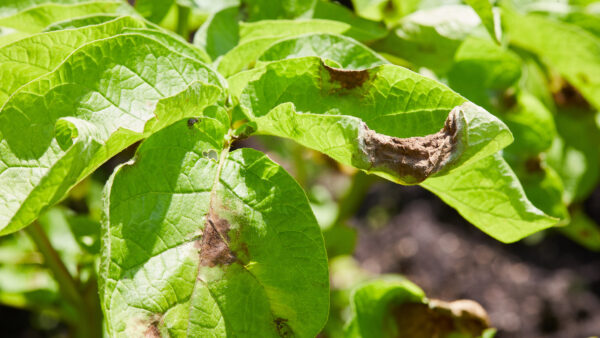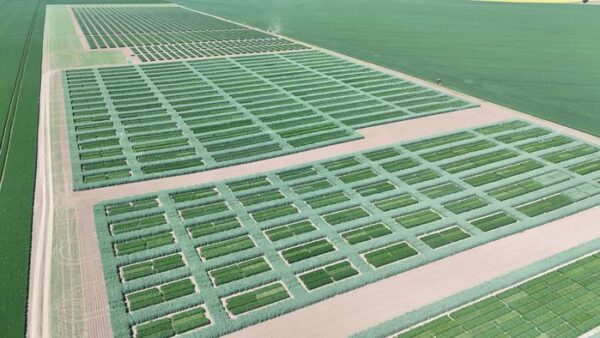Research led by a team of Consejo Superior de Investigaciones Científicas (CSIC) scientists prompted a mathematical model formulated on temperature-regulated processes. The model can predict crops’ responses to global warming, according to a release.
The study has discovered the “fundamental role of the COP1 protein as a growth promoter of Arabidopsis plants in long days and high environmental temperatures and its interaction with other cellular factors,” explained the release.
This discovery could help avoid the adverse effects of climate change on summer crops, believe researchers.
Researchers Salomé Prat from CSIC who is now at CRAG, Saúl Ares from the National Center for Biotechnology (CNB-CSIC) and Pablo Catalán from Carlos III University of Madrid led the collaboration. Data gleaned from the study has been used to create a mathematical model that links active levels of cellular factors controlled by light and temperature with embryonic stem growth.
“Cultivated species show a very low genetic variability in terms of their ability to adapt to high environmental temperatures, which decrease their production. Here we show that more active forms of COP1 improve the tolerance to climate change of crops that require long days,” explained Prat.
Ambient temperature and duration of the day are the two fundamental factors that directly impact crop yields, as plants adjust their development and morphology depending on the environmental conditions. When plants detect an increase in temperature, their first response is to elongate the hypocotyl to cool the leaves and minimize heat damage.
“By growing several mutant lines of Arabidopsis under various conditions of light and temperature, we were able to adjust the parameters of the equations with the experimental data of hypocotyl length and one of the most interesting predictions of the model was that the maximum activity of COP1 occurs during the day and at high temperatures,” said Ares.
In the longer and warmer summer months, plants must determine which signal to follow among conflicting information.
“Until now, COP1 had been described as a fundamental factor for regulating growth in the dark, so this prediction was unusual,” said Cristina Nieto, first author of the work and researcher at the National Institute of Agricultural Research and Technology and Food (INIA-CSIC). “We decided to simulate hypocotyl growth for a range of COP1 activity values and experimentally verified the predictions obtained with mutants where COP1 did not work well or with plants that accumulated an excess of the protein. Thanks to this study, we now know that the COP1 protein is key to regulating the response to temperature on long days, that is, in summer.”
The study’s findings offer a tool to recognize prime genetic combinations to enhance plants’ resilience to climate change.
Read More:
Researchers in Japan Reveal Tools to Enhance Rice Production
Providing Farmers with Better Risk Management Tools
WUR Monitors Expansion of Digital Tools in Agriculture Worldwide











